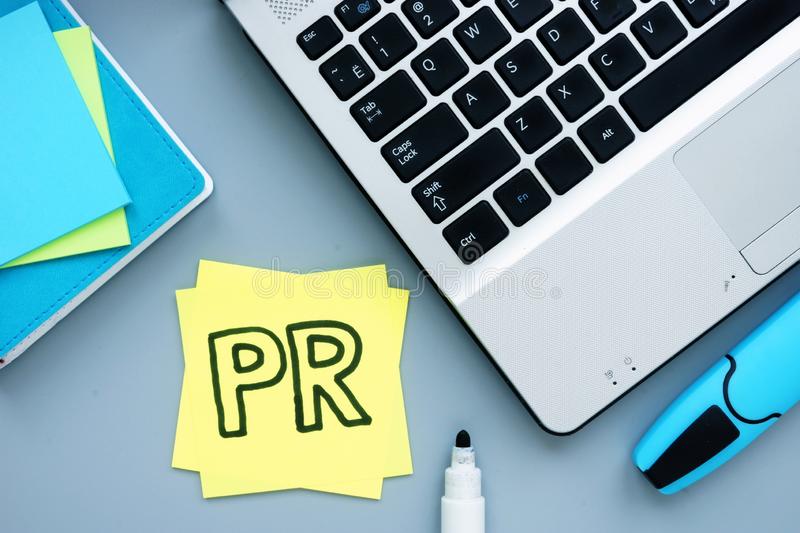 Public relations is crucial for any business entity to maintain a positive image, enhance its reputation and increase visibility in the market. However, measuring the success of public relations (PR) campaigns can be quite challenging. Unlike conventional marketing, in PR campaigns, the success metrics are not concrete, making it difficult to measure the actual impact of the PR efforts. Thus, it’s essential to have a standardized system of metrics to determine the success of a PR agency. In this article, let’s take a closer look at the strategies and metrics that can assist businesses to measure the effectiveness of a PR agency campaign.
Public relations is crucial for any business entity to maintain a positive image, enhance its reputation and increase visibility in the market. However, measuring the success of public relations (PR) campaigns can be quite challenging. Unlike conventional marketing, in PR campaigns, the success metrics are not concrete, making it difficult to measure the actual impact of the PR efforts. Thus, it’s essential to have a standardized system of metrics to determine the success of a PR agency. In this article, let’s take a closer look at the strategies and metrics that can assist businesses to measure the effectiveness of a PR agency campaign.
Identifying the Goal: In order to measure success, it’s essential to establish what the overall goal of the PR campaign is. Is it to boost revenue, enhance brand reputation, or increase visibility? Defining these goals early in the process is instrumental in establishing metrics for measuring PR success.
Quantitative Metrics: Businesses can use traditional metrics like reach, impressions, and share-of-voice to quantify the success of a PR campaign. These metrics often exclude any qualitative factors, yet they help businesses to understand the impact of their PR activities and compare themselves to their competitors.
Qualitative Metrics: Businesses can use qualitative metrics such as reputation analysis and survey tools to effectively measure the overall impact of their PR campaigns. These metrics help organizations to capture deeper insights into how the target audience perceives their brand. Surveys offer a more personal approach to getting feedback from the audience and can be done online or offline.
Social Media Analytics: This is a modern approach to evaluating the efficiency of PR campaigns. Social media analytics offer businesses real-time insight about their brand’s visibility, reach and influence on social media. Social media can also be used as a tool to engage with the target audience and create relationships with potential customers.
Media Coverage Analysis: Monitoring media coverage is an essential component of a PR campaign. Media analysis enables businesses to evaluate the success of the PR campaign based on the number of mentions in the media, the relevancy, and the editorial sentiment. Analyzing media coverage can also help identify opportunities for future PR campaigns and strategies.
Conclusion:
PR efforts play a crucial role in shaping the reputation of an organization and how it is perceived by its target audience. Unlike traditional marketing metrics, PR results are not easy to quantify, making it challenging to measure the success of a PR campaign. However, businesses can use different strategies and metrics to measure PR success. These metrics can be qualitative, quantitative, or even modern like social media analytics or media coverage analysis. By identifying the goals of a PR campaign and measuring its effectiveness, businesses can better understand the impact of their PR activities and improve their overall communication strategy.

